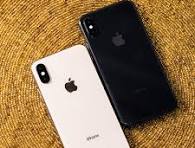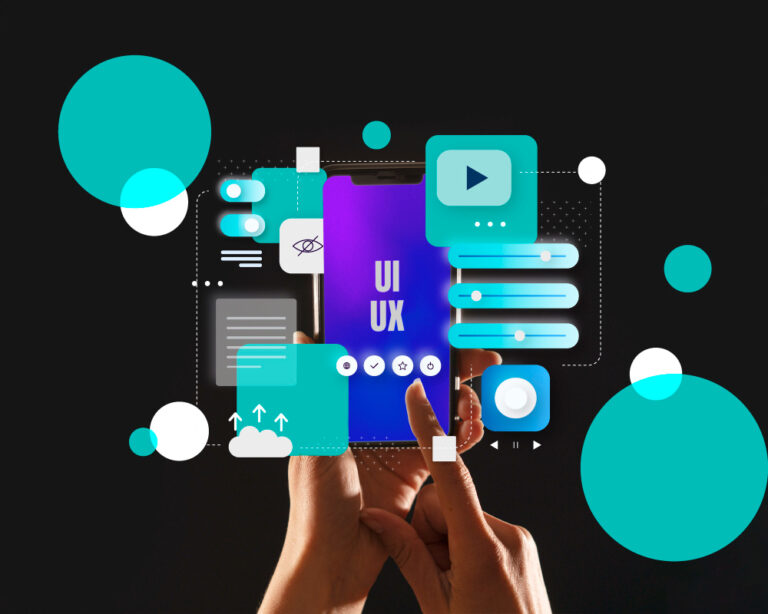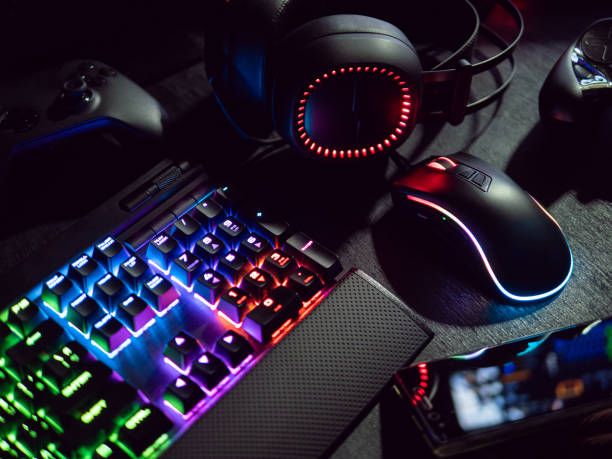The iPhone X, released by Apple in 2017, represented a significant leap forward in smartphone innovation. Its launch marked the culmination of years of research and development, combining cutting-edge technology with a sleek, futuristic design. Let’s delve into the key features that made the iPhone X a standout device in its time and continue to influence the smartphone industry today.
Design Revolution
The most striking aspect of the iPhone X was its design. Apple departed from the traditional iPhone look by introducing a stunning edge-to-edge Super Retina OLED display. This display not only provided vibrant colors and deep blacks but also eliminated the bezels that had defined previous iPhone models. The removal of the Home button allowed for a larger screen in a form factor that was still comfortable to hold and use.
The iPhone X featured a surgical-grade stainless steel frame that seamlessly merged with a durable glass back. This combination not only added to the device’s premium feel but also enabled wireless charging—a feature that became increasingly popular in subsequent iPhone models.
Face ID: The Future of Authentication
One of the most talked-about innovations in the iPhone X was Face ID. Apple replaced the Touch ID fingerprint sensor with a sophisticated facial recognition system powered by the TrueDepth camera. Face ID quickly became the gold standard for biometric security on smartphones, offering a secure and seamless way to unlock the device, authenticate payments, and access sensitive information.
Powerful Performance
Under the hood, the iPhone X was powered by the A11 Bionic chip, designed by Apple to deliver exceptional performance and efficiency. This chip not only handled everyday tasks effortlessly but also supported advanced machine learning capabilities, enhancing the overall user experience.
Dual-Lens Camera System
The iPhone X introduced a dual-lens rear camera system, consisting of a 12-megapixel wide-angle lens and a 12-megapixel telephoto lens. Both lenses featured optical image stabilization and worked together to capture stunning photos and videos, even in low-light conditions. The Portrait Mode and Portrait Lighting features further enhanced the creative possibilities for photography enthusiasts.
Software Innovations
iOS 11 debuted alongside the iPhone X, bringing a range of new features and improvements to Apple’s mobile operating system. Enhanced augmented reality capabilities, a redesigned Control Center, and improvements to Siri were among the highlights. iOS 11 optimized the iPhone X’s hardware capabilities and laid the groundwork for future software updates.
Enduring Impact
The iPhone X left a lasting impact on the smartphone industry, influencing design trends and technological advancements in subsequent models. Its edge-to-edge display and Face ID authentication set new standards that competitors sought to emulate. Apple’s commitment to innovation and user experience was evident in every aspect of the iPhone X, making it a milestone device in the company’s history.
In conclusion, the iPhone X was more than just a smartphone—it was a testament to Apple’s dedication to pushing boundaries and redefining what a smartphone could be. From its revolutionary design to its powerful performance and innovative features, the iPhone X continues to be remembered as a landmark device that shaped the future of mobile technology.
FAQs about iPhone X
1. What was special about the iPhone X?
The iPhone X introduced several groundbreaking features, including an edge-to-edge Super Retina OLED display, Face ID for secure authentication, a dual-lens rear camera system with Portrait Mode, and the A11 Bionic chip for powerful performance.
2. What is Face ID?
Face ID is Apple’s facial recognition technology introduced with the iPhone X. It uses the TrueDepth camera system to map and recognize your face, allowing you to securely unlock your device, authenticate payments, and access sensitive information.
3. Does the iPhone X have a Home button?
No, the iPhone X does not have a physical Home button. Instead, it utilizes gestures for navigating the device, such as swiping up from the bottom of the screen to return to the home screen or access multitasking.
4. How is the camera quality on the iPhone X?
The iPhone X features a dual-lens rear camera system with 12-megapixel wide-angle and telephoto lenses. It offers excellent photo and video quality, especially in low-light conditions, and includes features like Portrait Mode and Portrait Lighting for enhanced creativity.
5. Can the iPhone X wirelessly charge?
Yes, the iPhone X supports wireless charging. It has a glass back that enables Qi-compatible wireless charging, allowing you to charge the device by placing it on a compatible charging mat or pad.
6. What operating system does the iPhone X use?
The iPhone X originally shipped with iOS 11 and has since received updates to newer versions of iOS. As of the latest updates, it can run the latest iOS versions supported by Apple.
7. Is the iPhone X still worth buying?
While the iPhone X is no longer sold as a new device by Apple, it can still be a good choice for those looking for a premium iPhone experience at a potentially lower price point in the refurbished or second-hand market. It offers many of the features found in newer iPhone models, such as Face ID and a powerful camera system.
8. What colors was the iPhone X available in?
The iPhone X was available in two colors: Space Gray and Silver. These colors complemented its sleek design and premium materials.
9. How durable is the iPhone X?
The iPhone X features a stainless steel frame and a glass front and back, making it durable but not indestructible. It is water and dust resistant with an IP67 rating, which means it can withstand immersion in water up to 1 meter deep for up to 30 minutes.
10. Does the iPhone X support 5G?
No, the iPhone X does not support 5G connectivity. It was released before the widespread adoption of 5G networks and is equipped with 4G LTE capabilities for mobile data connectivity.













